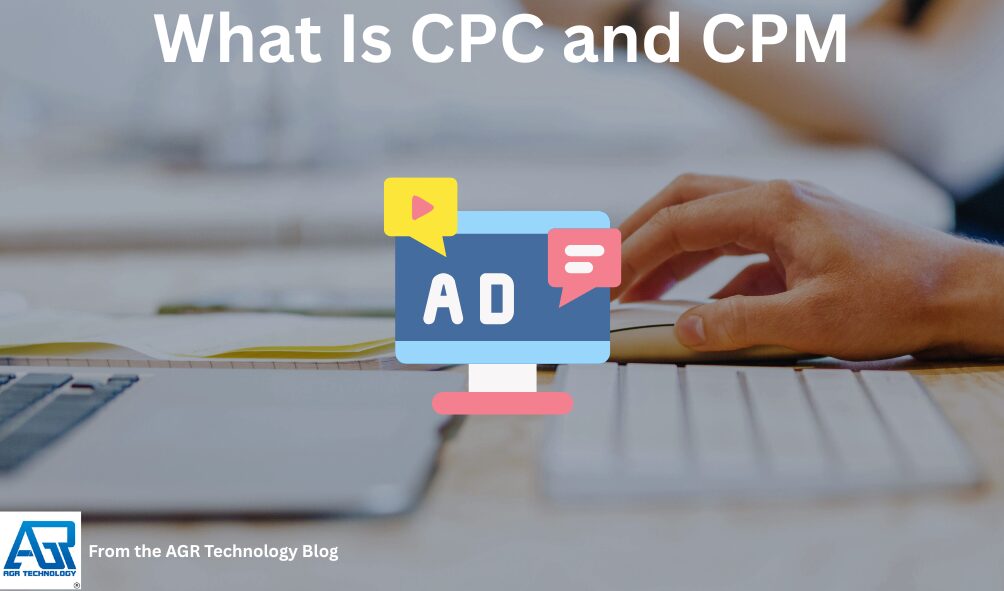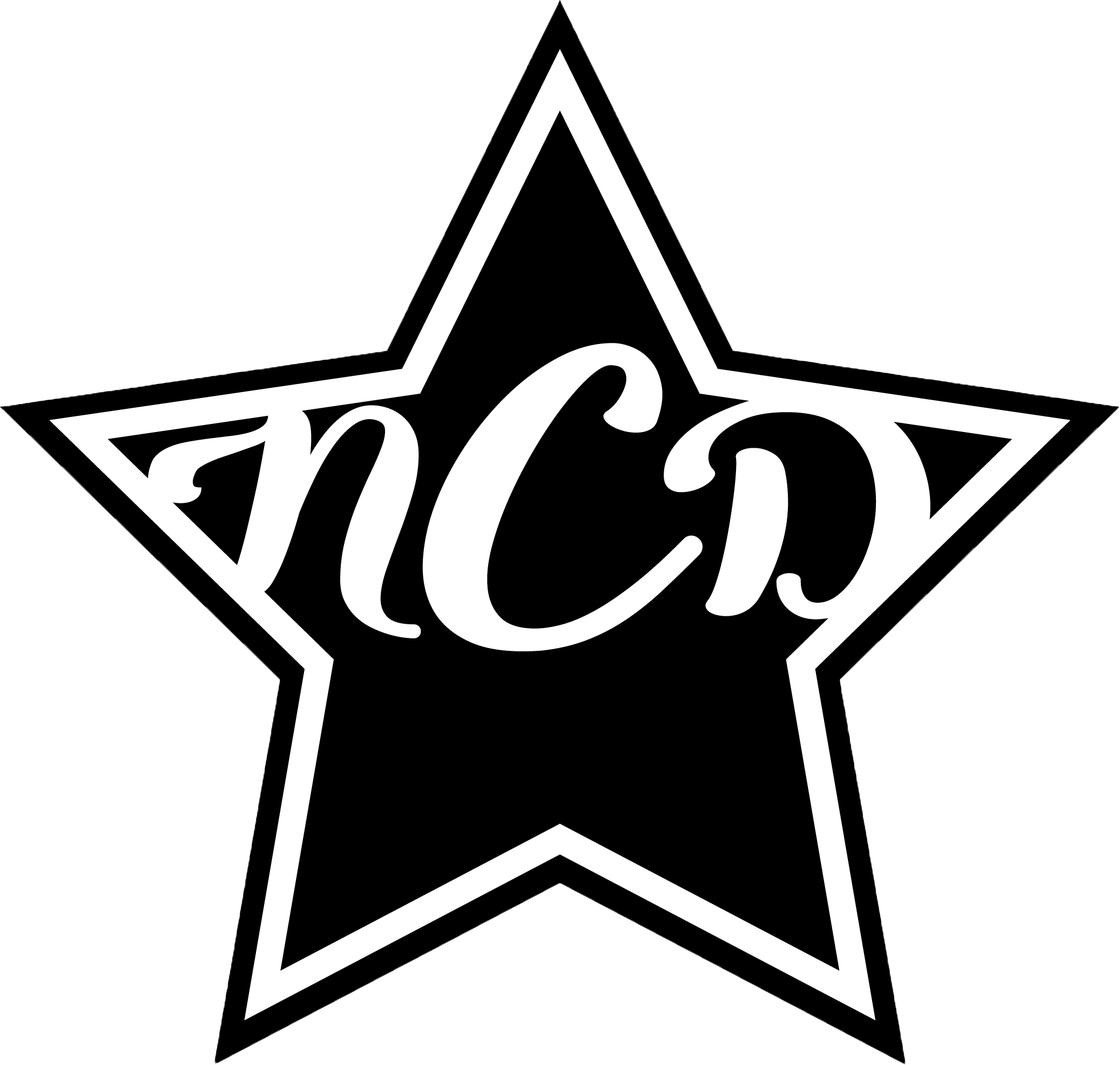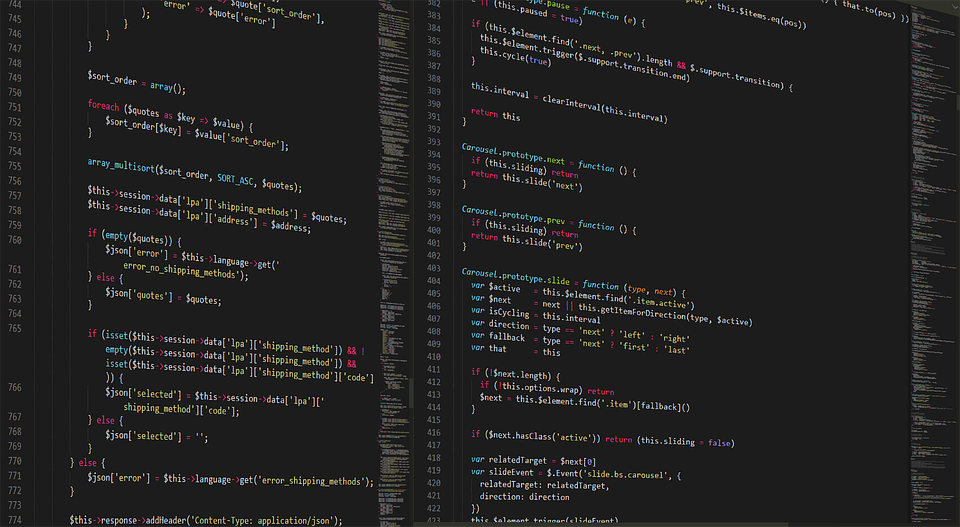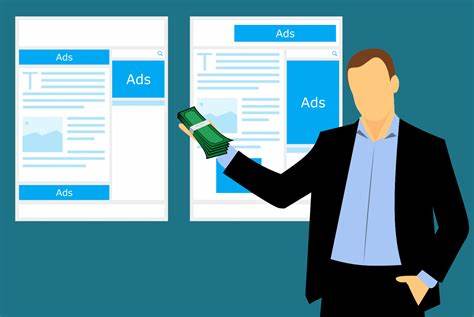Confused about what CPC and CPM actually mean, and which one will stretch your ad dollars further? You’re not alone. These pricing models sit at the heart of Google Ads, Meta, LinkedIn, and programmatic buys, yet most teams aren’t using them to their full potential. In this page, we explain what is CPC and CPM in plain English, how they work inside ad platforms, when to choose one over the other, and how to optimize for real results.
If you’d like hands-on help, our team at AGR Technology manages CPC and CPM campaigns end to end, strategy, setup, creative, tracking, and reporting, so you get measurable outcomes, not guesswork.
Book a free consultation call with AGR Technology to see how we can help scale your brand with proven online marketing strategies
Reviews from some of our happy customers:
Supporting businesses of all sizes to get ahead with digital solutions
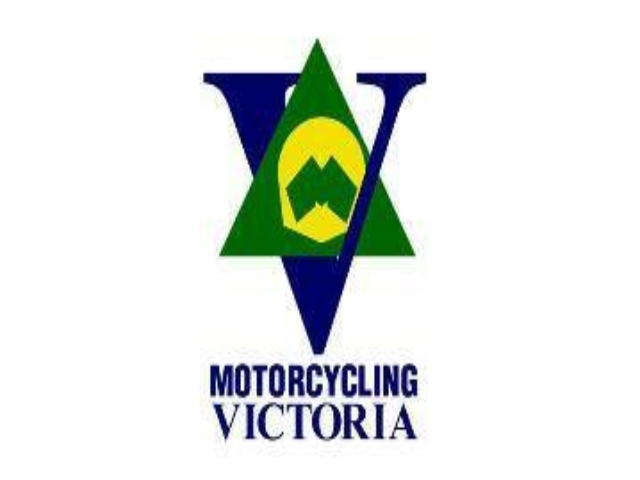

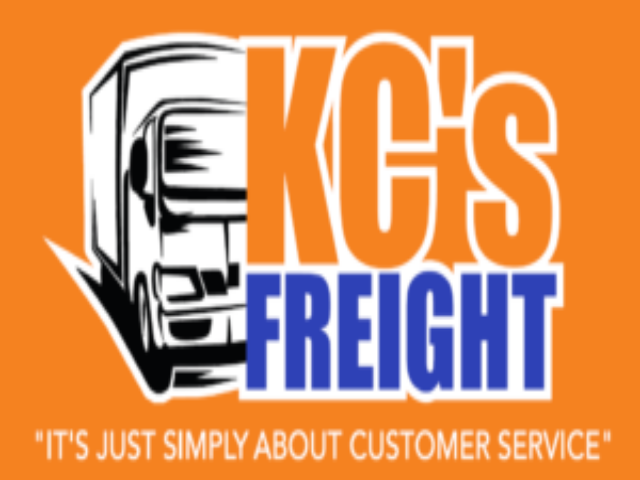
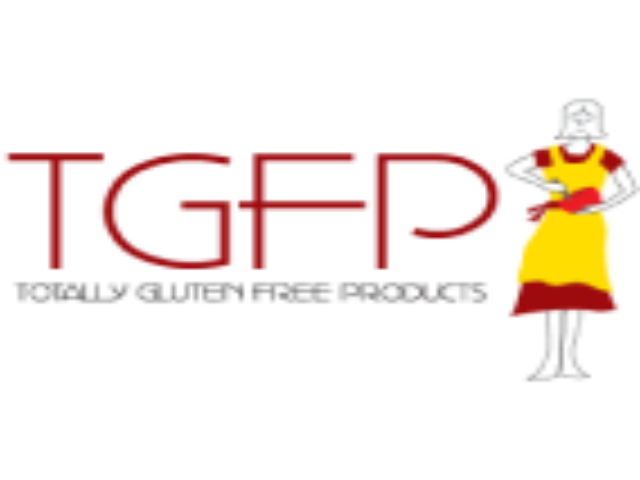


Why work with us?
CPC and CPM Explained
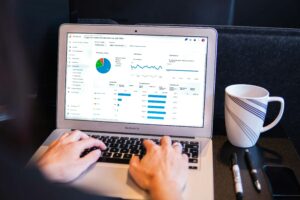
What Is CPC?
CPC (cost per click) means you pay only when someone clicks your ad. It’s common in search marketing and performance-driven social campaigns. Because spend ties to clicks, CPC naturally aligns with direct-response objectives like leads, trials, or eCommerce sales.
When we use CPC, we focus on intent, relevance, and conversion rate. Strong keywords, compelling ad copy, and fast, frictionless landing pages keep your effective cost per acquisition (CPA) in check.
What Is CPM?
CPM (cost per thousand impressions) charges for ad views, not clicks. It’s the default in programmatic display, video, YouTube, and many social placements. CPM shines for reach, brand awareness, and scaling retargeting.
With CPM, creative quality, audience fit, and inventory selection carry more weight. We track viewability, frequency, and attention signals so impressions actually have a chance to work.
Formulas and Quick Examples
- CPC formula: Total cost ÷ clicks. Example: Spend $500, get 400 clicks → CPC = $1.25.
- CPM formula: (Total cost ÷ impressions) × 1,000. Example: Spend $2,000, get 400,000 impressions → CPM = $5.
- eCPC from CPM: CPM ÷ (CTR × 1,000). Example: CPM $8, CTR 1% → eCPC = $0.80.
Quick rule of thumb: if your CTR is strong and conversion rate is solid, CPM can be cheaper on a per-acquisition basis. If CTR is shaky or you need strict cost control, CPC often reduces risk.
Need to translate your goals into the right buying model? Ask AGR Technology for a free plan and projected KPIs.
How They Work in Ad Platforms
Auctions and Bid Strategies
- Real-time auctions: Google Ads, Meta, and programmatic DSPs run auctions in milliseconds. Your bid competes with relevance/quality signals.
- Bid types: Manual CPC, Maximize Clicks, Target CPA/ROAS (which still transact on CPC or CPM under the hood), CPM, and vCPM (viewable impressions).
- Practical takeaway: On search, CPC bidding paired with high Quality Score can win cheaper clicks. On display/video, CPM with smart targeting and frequency control scales reach efficiently.
Delivery, Tracking, and Billing
- Delivery: CPC campaigns throttle on click supply: CPM campaigns scale on inventory and audience size.
- Tracking: Conversion pixels, server-side tagging, and UTM parameters connect ad interactions to outcomes in analytics.
- Billing: Platforms invoice by the selected model, per click (CPC) or per thousand impressions (CPM). Your reports should convert both to effective CPA/ROAS so you can compare apples to apples.
Viewability, Fraud, and Brand Safety
- Viewability: IAB/MRC guidelines count a display impression as viewable when 50% of pixels are on-screen for 1+ second (2 seconds for video). We optimize toward high-viewability placements.
- Invalid traffic (IVT): Bot clicks and fake impressions distort CPC and CPM. We use verification tools (e.g., IAS, DoubleVerify) and strict supply filters.
- Brand safety and suitability: Whitelists, blocklists, and GARM-aligned categories keep ads off unsafe content. Attention beats cheap reach every time.
CPC vs. CPM: Which Should You Choose?
Aligning With Campaign Goals
- Direct response (leads, sales, sign-ups): CPC usually fits best, especially for search and high-intent audiences.
- Awareness and reach (new product, brand lift): CPM is often more efficient, particularly with video and rich display.
- Retargeting: Either can work. If your creative drives high CTR, CPM can be cheaper: if not, stay with CPC.
Budget, Risk, and Predictability
- CPC reduces risk of paying for uninterested eyeballs but can cap scale if click supply is limited.
- CPM offers predictable reach and better control of frequency, but you must watch CTR and creative fatigue.
- We evaluate eCPC and eCPA across both models to choose the winner, not the label.
Channel, Audience, and Funnel Stage
- Search (Google/Bing): CPC for bottom-funnel intent.
- Social (Meta, TikTok, LinkedIn): Mixed, CPM for reach/video: CPC for traffic and lead gen.
- Programmatic display/video/CTV: Mostly CPM with tight brand safety and audience controls.
Not sure which path suits your funnel? AGR Technology can map CPC/CPM to each stage and build a blended plan.
Pros, Cons, and Benchmarks
CPC Advantages and Caveats
Pros:
- Pay only for engagement (clicks)
- Strong fit for lead gen and ecommerce
- Easy to tie spend to CPA/ROAS
Watch-outs:
- Click fraud and accidental taps
- Limited scale on niche terms
- Over-optimizing to CTR can hurt conversion quality
CPM Advantages and Caveats
Pros:
- Scales reach and frequency fast
- Great for video, storytelling, and awareness
- Lets you buy premium, high-attention placements
Watch-outs:
- You pay whether users click or not
- Creative and audience targeting must carry more weight
- Requires strict controls for viewability and IVT
Typical Ranges and Break-Even Math
Indicative ranges vary by industry, geo, and inventory quality:
- Search CPC: often US$1–$5 for many verticals: highly competitive terms can be far higher.
- Display/Social CPM: often US$3–$15: premium video and LinkedIn can be higher.
Break-even thinking:
- Max CPC = Target CPA × Conversion Rate. Example: target CPA $60, CVR 3% → Max CPC $1.80.
- From CPM to eCPC: eCPC = CPM ÷ (CTR × 1,000). Example: CPM $12, CTR 0.8% → eCPC ≈ $1.50. If your max CPC is $1.80, this CPM works.
- From eCPC to eCPA: eCPA = eCPC ÷ CVR. Using the above: $1.50 ÷ 3% ≈ $50 eCPA.
We build these guardrails into budgets so you know the limits before spending a cent.
Optimization Strategies
Boosting CPC Campaign Performance
- Intent-driven keywords and tight match types
- Negative keywords to cut waste
- High-relevance ad copy and Extensions/Assets
- Fast, message-matched landing pages
- Smart Bidding (tCPA/tROAS) once you have enough conversions
- Audience layering (RLSA, in-market, custom segments)
Making CPM More Efficient
- Frequency caps to prevent fatigue
- Viewability targeting and attention metrics
- Supply path optimization (clean exchanges, fewer hops)
- Dayparting and geo controls
- Exclude low-quality apps/placements: use allowlists for premium inventory
- Incrementality testing to validate lift
Creative, Targeting, and Frequency Tips
- Test variations systematically: hooks, formats, lengths, and thumbnails
- Use multiple sizes to win more auctions (display/video)
- Sequence messaging from awareness to offer
- Refresh every 2–4 weeks for always-on campaigns
- Align creative with audience stage: don’t ask for a sale on a cold first impression
Common Pitfalls and Misconceptions
CPM vs. vCPM and eCPM
- CPM: cost per thousand served impressions.
- vCPM: cost per thousand viewable impressions (per IAB/MRC viewability). You only pay when an impression is viewable.
- eCPM: effective CPM after normalizing any model to CPM. Useful for comparing buys across platforms.
CPC vs. CPA and CPL
- CPC: pay per click.
- CPA: pay per action (purchase, signup): often managed via Smart Bidding.
- CPL: pay per lead. Don’t confuse a low CPC with an efficient CPL, lead quality and close rates matter.
Attribution, View-Throughs, and Incrementality
- Last-click underrates CPM-based awareness. Use data-driven or position-based attribution where possible.
- View-through conversions can signal impact but shouldn’t be over-credited without lift tests.
- Run holdouts/geosplits to measure true incremental outcomes before scaling.
Conclusion
You now know what is CPC and CPM, how each model works, and when to use them. The right choice depends on goals, audience, and creative. The best results come from testing, normalizing to eCPA/ROAS, and optimizing the full path, from impression to revenue.
If you’d like experienced hands on your paid media, we’re here to help. Contact AGR Technology to book a short strategy call, get a clear plan, and start improving ROI with accountable CPC and CPM management.
Frequently Asked Questions
What is CPC and CPM in digital advertising?
CPC (cost per click) charges you only when someone clicks your ad, common in search and performance-focused social. CPM (cost per thousand impressions) bills for views, typical in display, video, and programmatic. Use CPC for measurable direct response; choose CPM for reach, brand awareness, and scalable retargeting.
When should I choose CPC vs CPM for my campaign?
Pick CPC for leads, trials, or sales with high-intent audiences where you need cost control. Choose CPM for awareness, video, and broad reach. Rule of thumb: if CTR is strong and conversion rate is solid, CPM can yield cheaper acquisitions; if CTR is uncertain, CPC reduces risk.
How do you calculate CPC, CPM, and eCPC?
CPC = total cost ÷ clicks. CPM = (total cost ÷ impressions) × 1,000. eCPC from CPM = CPM ÷ (CTR × 1,000). Example: spend $500 for 400 clicks → CPC $1.25. Spend $2,000 for 400,000 impressions → CPM $5. CPM $8 with 1% CTR → eCPC $0.80.
Why do CTR and conversion rate matter so much with CPM?
With CPM you pay for impressions, not clicks, so CTR determines how efficiently impressions convert into traffic (your eCPC). Then conversion rate turns those clicks into outcomes (eCPA). High CTR and solid conversion rate make CPM highly cost-effective; weak creative or targeting can make CPM wasteful.
Is CPC or CPM better for small budgets or startups?
For tight budgets, start with CPC to limit risk and align spend to real interest. Layer intent-driven keywords or high-intent audiences, then benchmark CPA. Once creative and targeting prove strong CTR and conversion rate, test CPM with frequency caps and viewability controls, comparing eCPA to your CPC baseline.
Can I run video ads on CPC, or is CPM always better?
Most video inventory transacts on CPM or vCPM for predictable reach. However, some social and YouTube performance formats can optimize to clicks or actions. If your goal is awareness, CPM typically wins. For direct response with video, test CPC-capable formats where available and compare normalized eCPA across CPC and CPM.
Related content:
Social Media Advertising Services
Google Ads Management Services
Meta / Facebook / Instagram Ad Management Services
Pay Per Click Advertising Agency

Alessio Rigoli is the founder of AGR Technology and got his start working in the IT space originally in Education and then in the private sector helping businesses in various industries. Alessio maintains the blog and is interested in a number of different topics emerging and current such as Digital marketing, Software development, Cryptocurrency/Blockchain, Cyber security, Linux and more.
Alessio Rigoli, AGR Technology
![logo-new-23[1] logo-new-23[1]](https://agrtech.com.au/wp-content/uploads/elementor/thumbs/logo-new-231-qad2sqbr9f0wlvza81xod18hkirbk9apc0elfhpco4.png)
